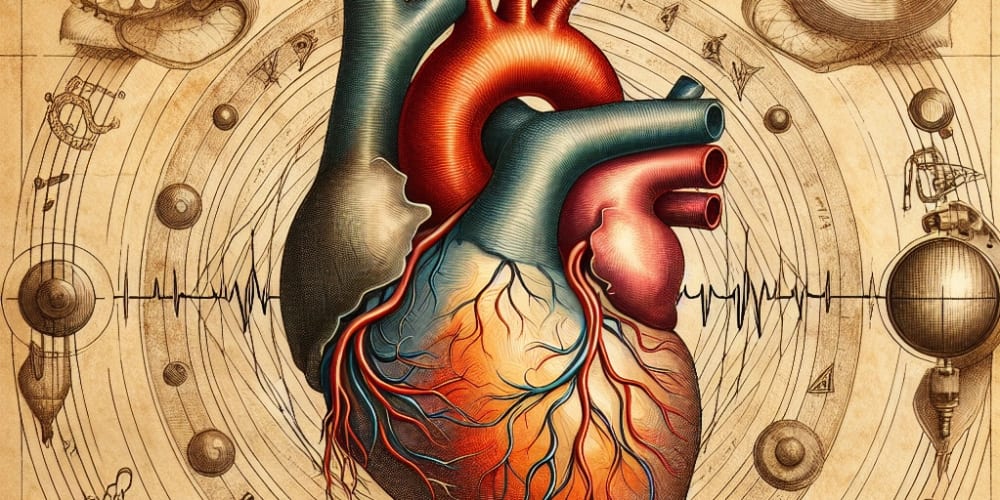The Future of Construction Workforce Training: Technology and Beyond
Construction has always been a cornerstone of human progress, from building ancient pyramids to modern skyscrapers. But as we stand on the brink of a new era, the construction industry is undergoing a transformation powered by groundbreaking technologies. Let's explore how these innovations are reshaping workforce training and preparing us for the future.
The Digital Revolution in Construction Training
Virtual Reality (VR) and Augmented Reality (AR)
Imagine stepping onto a construction site without ever leaving the office. This is the promise of Virtual Reality (VR) and Augmented Reality (AR). These immersive technologies are redefining training by offering interactive, risk-free environments. Workers can practice operating heavy machinery, navigating complex construction sites, and even planning and visualizing projects in 3D.
- Safety Training: VR can simulate dangerous scenarios in a controlled setting, allowing workers to learn how to react without the risk.
- Skill Development: Both VR and AR offer hands-on experiences, enhancing muscle memory and boosting confidence before tackling real-world tasks.
- Enhanced Collaboration: AR enables remote teams to work together seamlessly, overlaying digital information onto physical spaces.
Building Information Modeling (BIM)
Building Information Modeling (BIM) is more than just a digital representation of a structure; it's a collaborative platform that integrates design, construction, and operational data. BIM training equips workers with the ability to manipulate 3D models, identify potential issues early, and streamline workflows.
- Precision and Accuracy: BIM provides a detailed blueprint that minimizes errors and rework, leading to cost and time savings.
- Project Management: It offers tools for tracking progress, managing resources, and ensuring everyone is on the same page.
- Sustainable Construction: BIM can simulate energy usage and environmental impact, promoting eco-friendly building practices.
Robotics and Automation: The Next Frontier
While VR and BIM are revolutionizing training, robotics and automation are bringing a new level of efficiency and safety to the construction site.
Drones and UAVs
Unmanned Aerial Vehicles (UAVs) or drones are becoming indispensable in construction. For training, they offer:
- Aerial Surveys: Trainees learn to conduct site surveys quickly and accurately, capturing high-resolution images and creating detailed maps.
- Progress Monitoring: Drones can track project progress in real-time, providing valuable data for future training modules.
- Inspection and Maintenance: They enable safe inspection of hard-to-reach areas, reducing the need for risky manual checks.
Autonomous Machinery
Automation is taking over repetitive and hazardous tasks, allowing human workers to focus on more complex activities. Training programs now include:
- Operator Training: Workers learn to program and supervise autonomous equipment, enhancing their technical skills.
- Safety Protocols: Understanding the interaction between humans and machines is crucial for maintaining a safe working environment.
- Maintenance and Troubleshooting: As machinery becomes more complex, specialized training ensures that workers can perform routine maintenance and address issues promptly.
The Role of Artificial Intelligence (AI)
Artificial Intelligence (AI) is transforming not just how we train, but what we train for. By analyzing vast amounts of data, AI provides insights that lead to smarter training programs.
Predictive Analytics
AI can predict skill gaps, identify potential leaders, and tailor training programs to individual needs.
- Personalized Learning: Customized training paths ensure that each worker receives the right training at the right time.
- Risk Management: Predictive models can identify high-risk areas and recommend preemptive measures.
- Performance Monitoring: Continuous assessment and feedback loops help in fine-tuning skills and knowledge.
Virtual Assistants and Chatbots
AI-powered virtual assistants can provide on-the-job training and support, ensuring that help is always just a question away.
- 24/7 Support: Workers can get instant answers to their queries, enhancing learning and productivity.
- Interactive Learning: Engaging training modules keep learners motivated and on track.
- Data-Driven Insights: Continuous interaction with the AI provides valuable data to refine and improve training programs.
Embracing the Future: Challenges and Opportunities
While the future of construction workforce training is brimming with potential, it comes with its own set of challenges.
Accessibility and Inclusivity
Ensuring that advanced training technologies are accessible to all workers, regardless of their tech-savviness or economic background, is crucial. Training programs need to be inclusive and consider diverse learning styles and abilities.
Keeping Pace with Technological Advancements
The rapid pace of technological change means that training programs must be continuously updated. Staying current with the latest tools and methods is essential for maintaining a skilled workforce.
Cultural Shift
Adopting new technologies requires a cultural shift within organizations. Workers and managers alike need to embrace a learning mindset and be open to innovation.
Conclusion
The future of construction workforce training is an exciting frontier, defined by innovation and possibilities. As we harness the power of VR, AR, BIM, robotics, automation, and AI, we are not just preparing for the future—we are building it.
The journey may be challenging, but the rewards are immense: a safer, more efficient, and highly skilled construction workforce ready to tackle the projects of tomorrow. So let's embrace this technological revolution and lay the foundation for a brighter future in construction.
Stay tuned for more insights and updates on the latest advancements in technology and innovation! 🚀


















